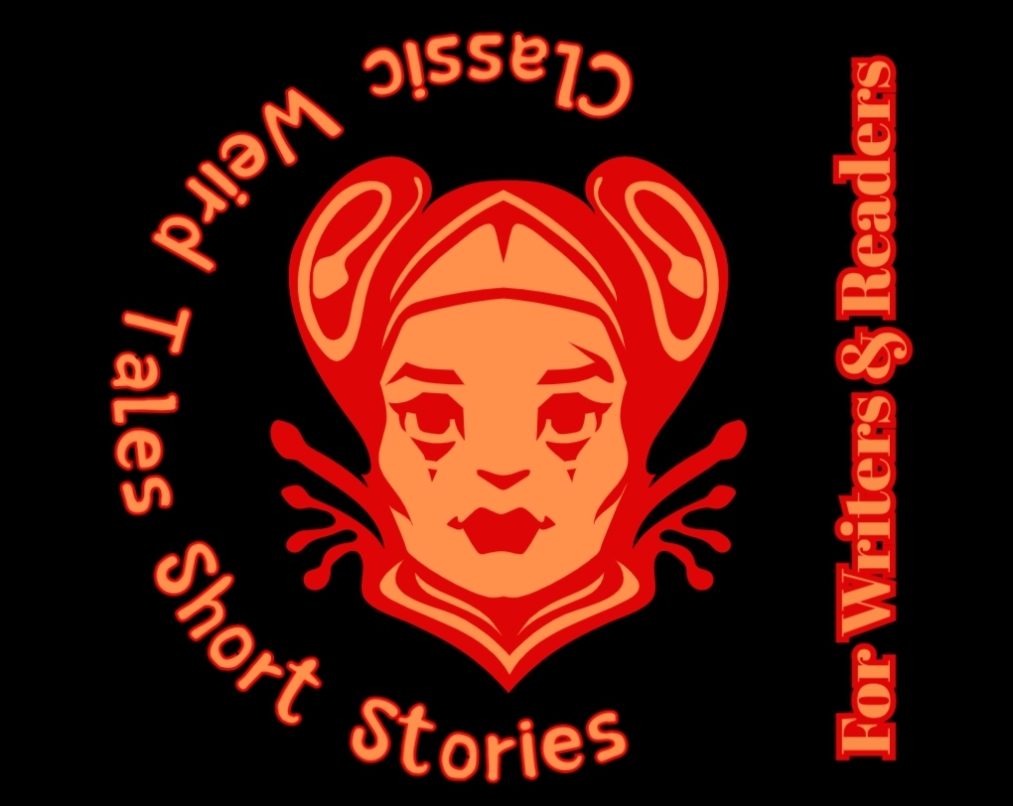Weird Tales, v31n02, February 1938
Crafting the Unsettling: A Guide to Writing Weird Tales of Horror
By Olivia Salter
Weird tales of horror are a distinct subgenre that blend the supernatural, the uncanny, and the grotesque to create stories that linger in the reader's mind long after the final page is turned. Crafting such tales requires a delicate balance of atmosphere, character development, and an innovative approach to fear. Here’s a guide to help you pen your own eerie narratives.
1. Atmosphere Over Gore
The cornerstone of a compelling weird tale is its atmosphere. Unlike conventional horror, which may rely on explicit violence and shock value, weird horror thrives on a creeping sense of unease. Your setting should feel alive, with every shadow and creak contributing to the reader's sense of dread. Think foggy moors, decaying mansions, and isolated villages where the unnatural feels just a breath away.
2. Original Monsters and Entities
Weird horror often involves creatures and forces beyond the typical vampires and werewolves. Delve into folklore, mythology, and your imagination to create entities that defy conventional understanding. H.P. Lovecraft’s Cthulhu mythos is a prime example of inventing new horrors that play on existential dread and the fear of the unknown.
3. Psychological Depth
The best weird tales explore the psychological states of their characters. The horror is not just external but internal, as characters grapple with their sanity and fears. A protagonist’s descent into madness or a revelation that shatters their worldview can be more terrifying than any physical threat.
4. Subtlety and Suggestion
Show, don’t tell. Allow readers to fill in the gaps with their imagination. Subtle hints and suggestions can be more unsettling than graphic descriptions. A strange symbol found in an ancient book or an inexplicable noise in the dead of night can evoke a sense of mystery and dread.
5. Non-Linear Narratives
Experiment with narrative structure. Weird tales often benefit from non-linear storytelling, fragmented narratives, and unreliable narrators. These techniques can disorient the reader and enhance the sense of the uncanny. Flashbacks, diary entries, and multiple perspectives can add layers to your story.
6. The Power of the Unknown
Weird horror is most effective when it leaves some questions unanswered. The unknown is inherently terrifying because it defies logic and comprehension. Endings that are ambiguous or open-ended can leave readers pondering and unsettled.
7. Incorporate Cosmic Horror
One of the hallmarks of weird tales, popularized by writers like Lovecraft, is the concept of cosmic horror—the idea that humans are insignificant in the grand scheme of the universe, which is filled with ancient, indifferent entities. This theme can add a profound depth of fear to your story, making the horror existential rather than just physical.
8. Research and Inspiration
Read widely within the genre. Study the works of pioneers like Algernon Blackwood, Clark Ashton Smith, and contemporary authors to understand the mechanics of a great weird tale. Analyze what makes their stories effective and find ways to incorporate those techniques into your own writing.
In conclusion, writing weird tales of horror is an art that requires a nuanced understanding of fear and a creative approach to storytelling. By focusing on atmosphere, psychological depth, and the power of suggestion, you can craft tales that haunt your readers long after they’ve closed the book. Embrace the weird, explore the unknown, and let your imagination run wild in the darkest corners of your mind.


No comments:
Post a Comment
Note: Only a member of this blog may post a comment.